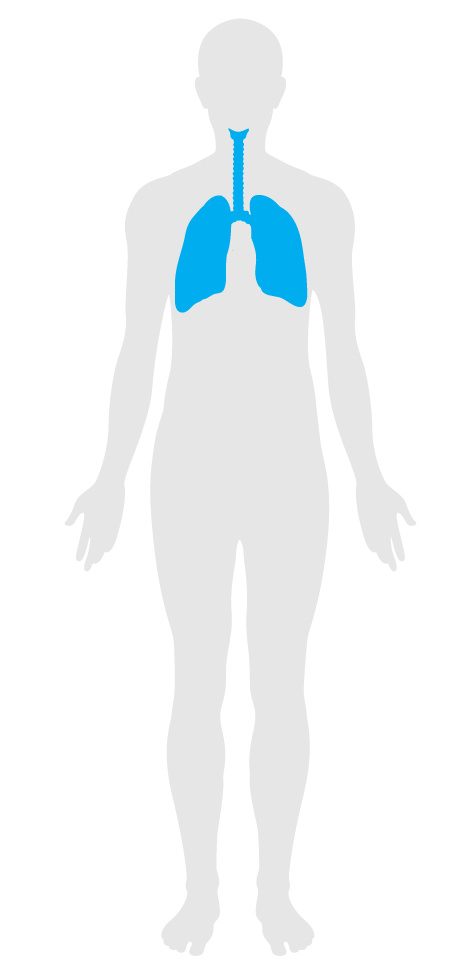Outdoor air systems
Features/Air/Feature 20
- 01 Air quality standards
- 02 Smoking ban
- 03 Ventilation effectiveness
- 04 VOC reduction
- 05 Air filtration
- 06 Microbe and mold control
- 07 Construction pollution management
- 08 Healthy entrance
- 09 Cleaning protocol
- 10 Pesticide management
- 11 Fundamental material safety
- 12 Moisture management
- 13 Air flush
- 14 Air infiltration management
- 15 Increased ventilation
- 16 Humidity control
- 17 Direct source ventilation
- 18 Air quality monitoring and feedback
- 19 Operable windows
- 20 Outdoor air systems
- 21 Displacement ventilation
- 22 Pest control
- 23 Advanced air purification
- 24 Combustion minimization
- 25 Toxic material reduction
- 26 Enhanced material safety
- 27 Antimicrobial activity for surfaces
- 28 Cleanable environment
- 29 Cleaning equipment
- P9 Advanced cleaning
Outdoor air systems
Intent:
To allow buildings to control the outdoor air supply independently from the heating/cooling needs of the building.
BACKGROUND
Dedicated outdoor air systems (DOAS) remove the constraints associated with linking heating and cooling with ventilation, so that optimal air quality and thermal comfort can be independently achieved. A properly designed DOAS can save energy compared to conventional systems while always supplying the appropriate amount of ventilation.
Dedicated outdoor air systems are used for ventilation and verified as being adequate through one of the following:
a.
The system complies with local codes or standards regarding dedicated outdoor air systems.
b.
A detailed design review of the proposed system is conducted by an independent, qualified and registered professional mechanical engineer (not employed or compensated by the mechanical engineer on record). The review addresses thermal comfort (temperature, humidity, air velocity, etc.) and ventilation rates, as well as overall serviceability and system reliability. Report must demonstrate satisfactory compliance with ventilation standards used in Feature 03 Ventilation effectiveness.

